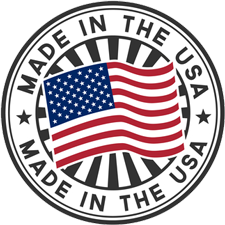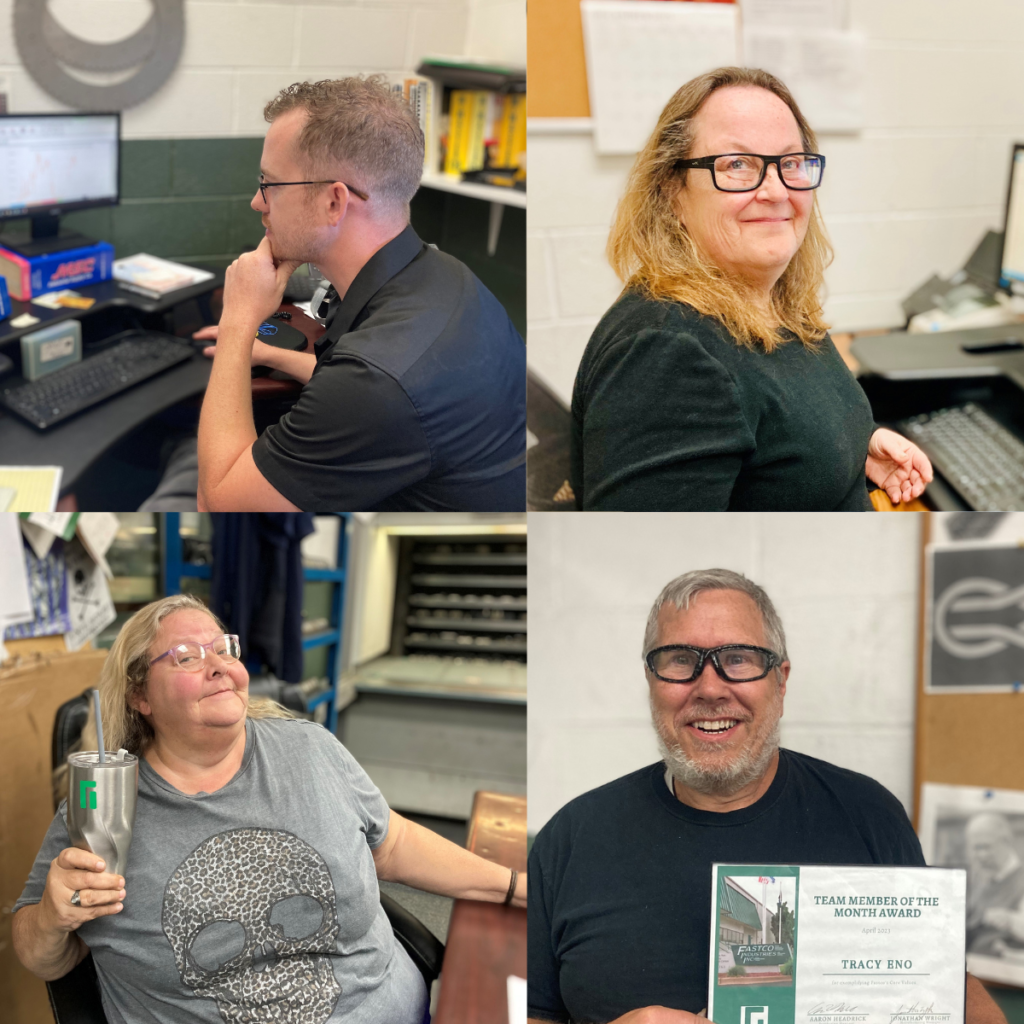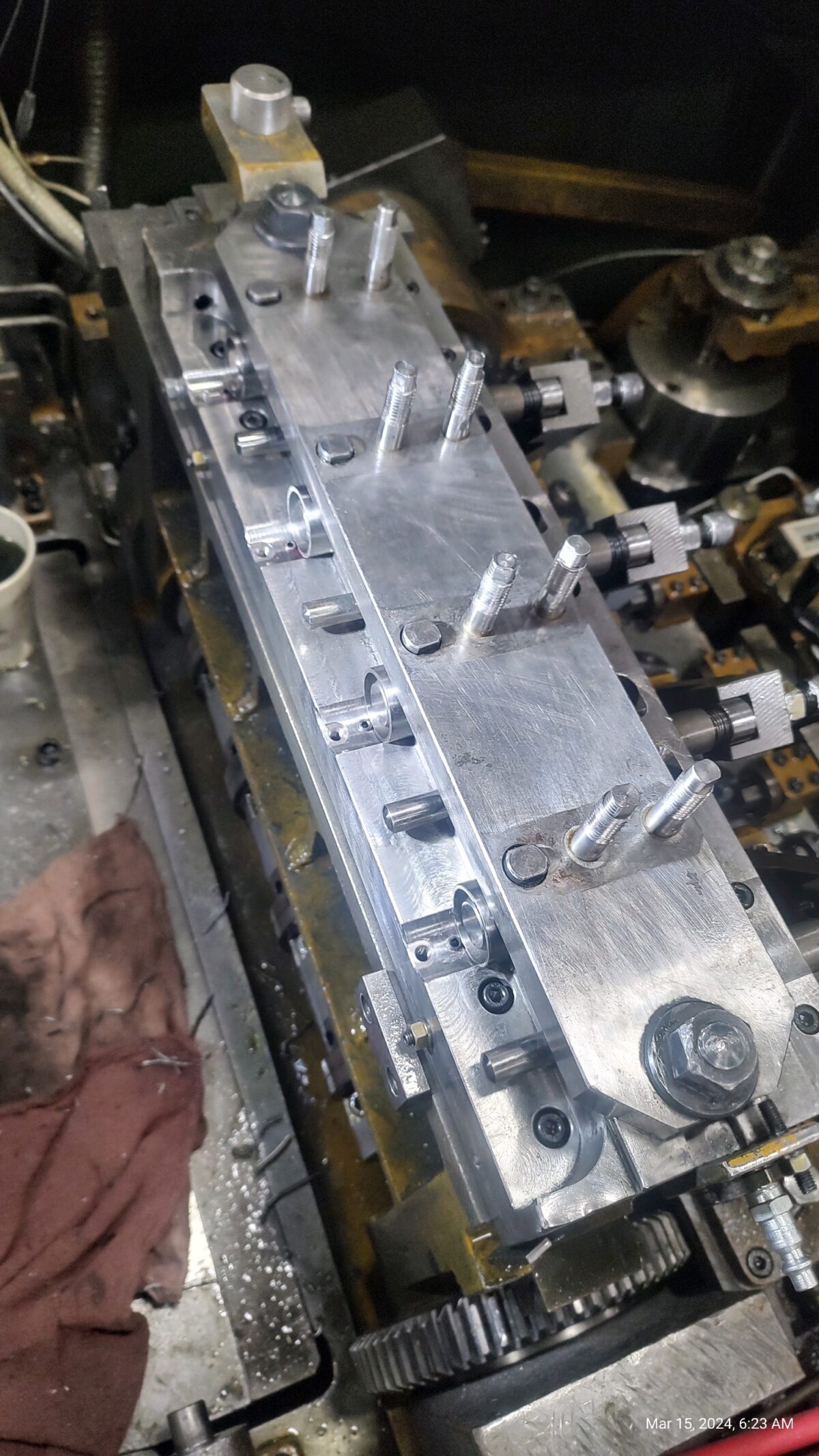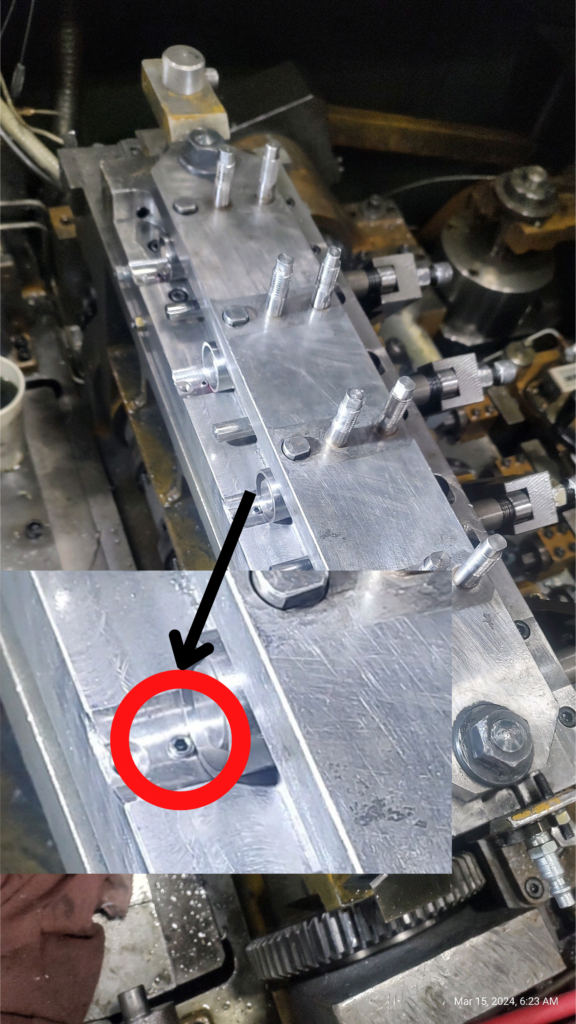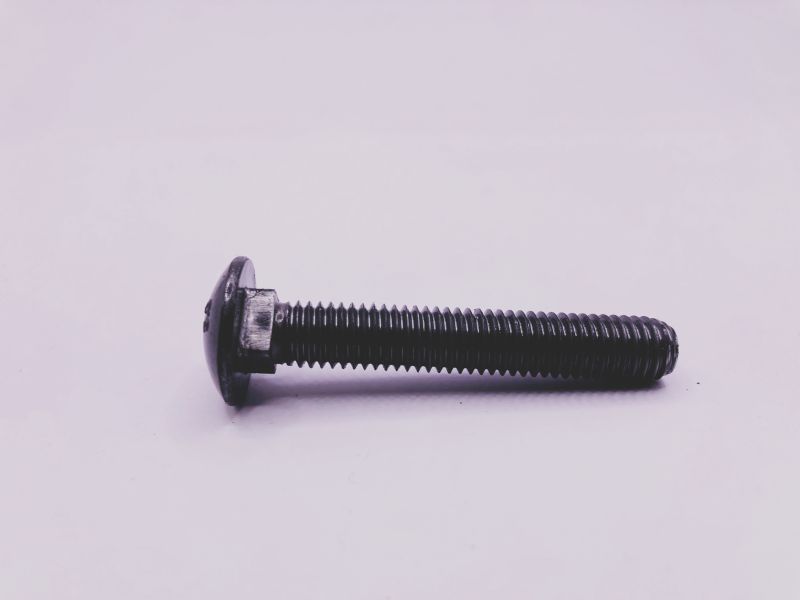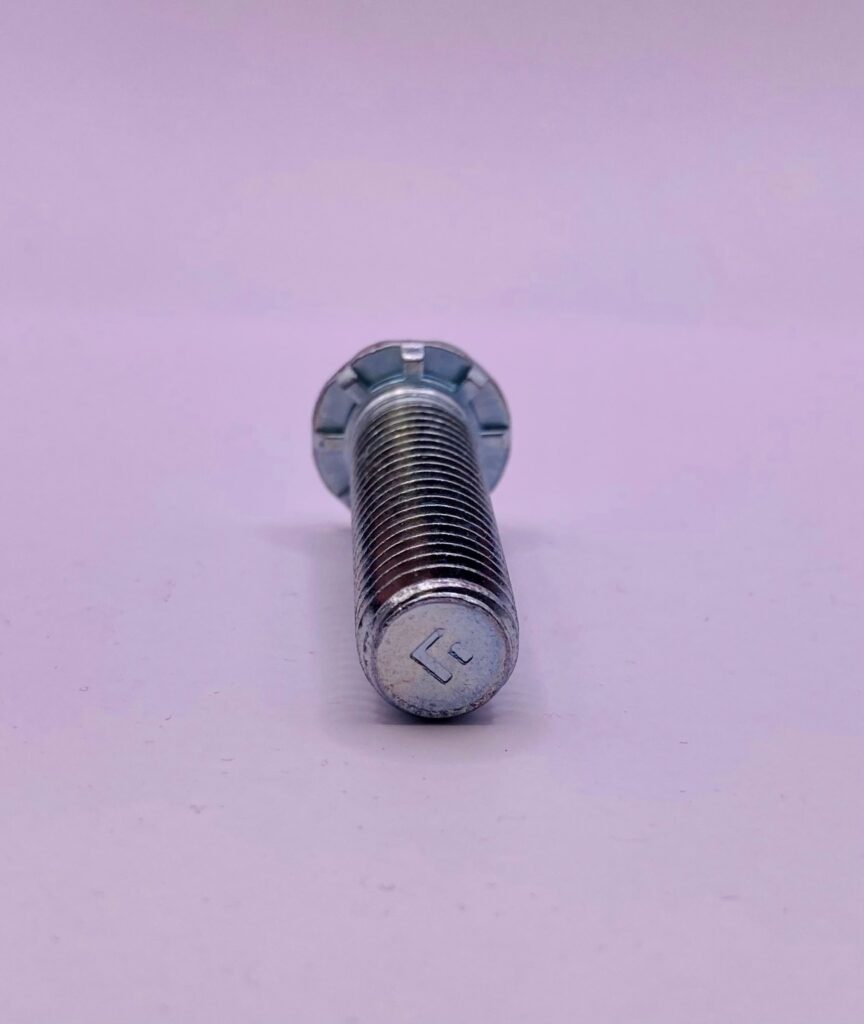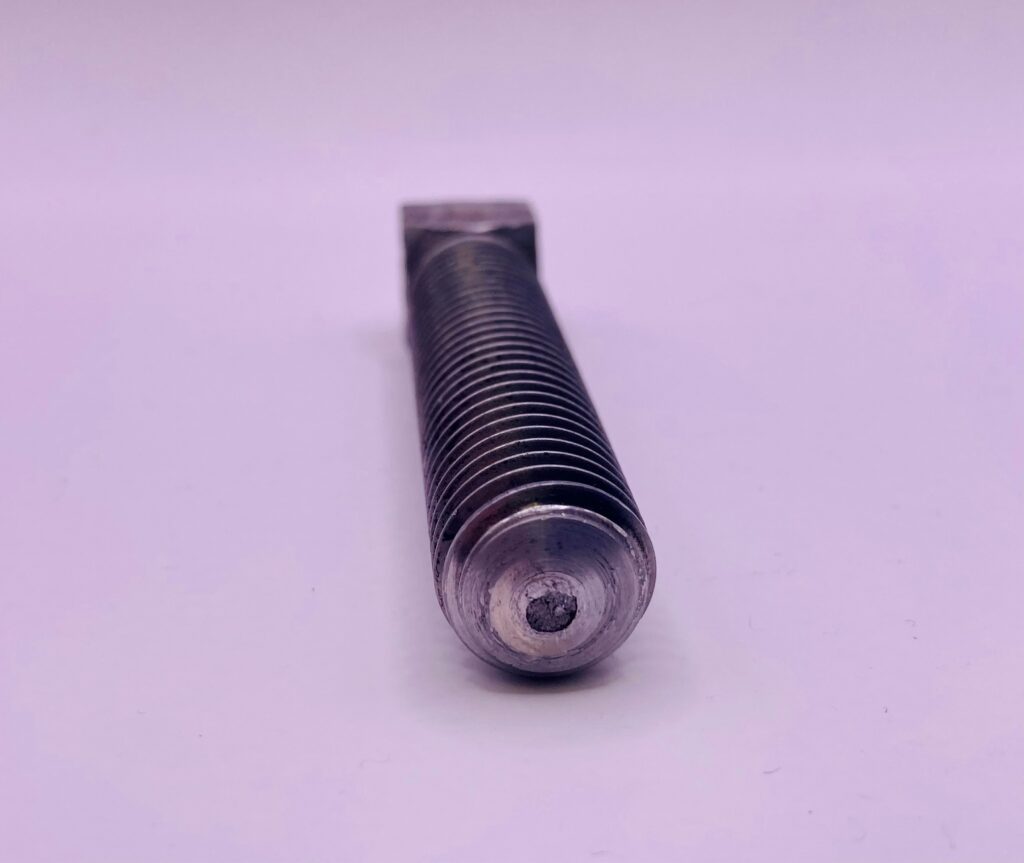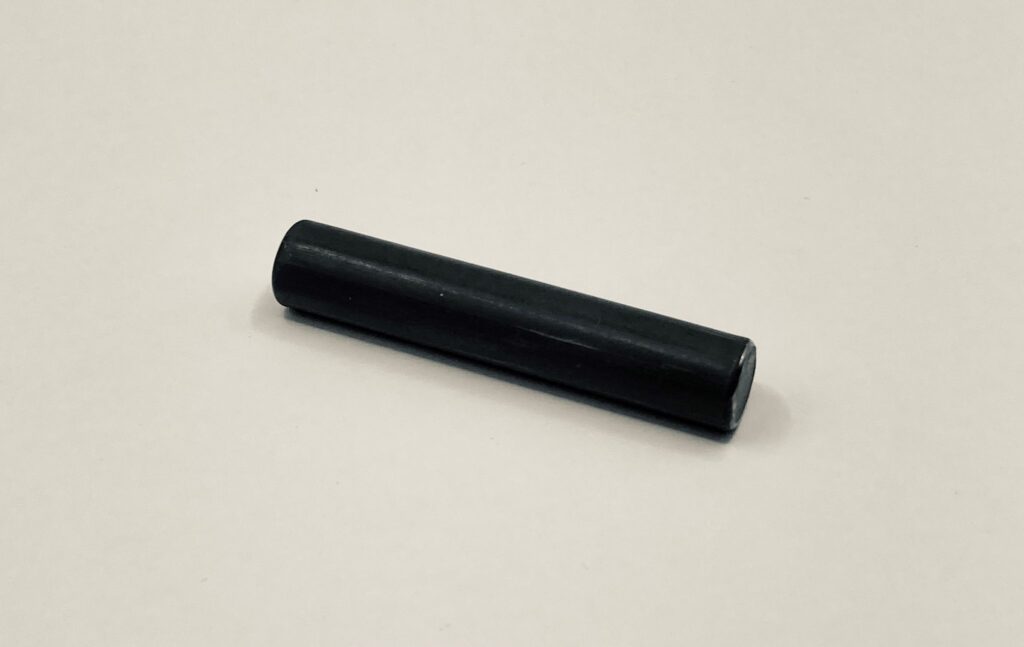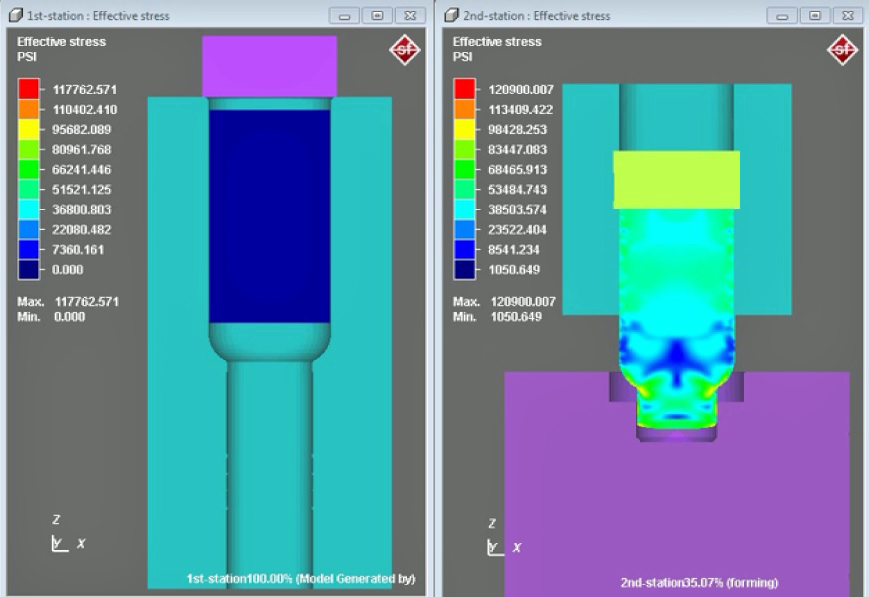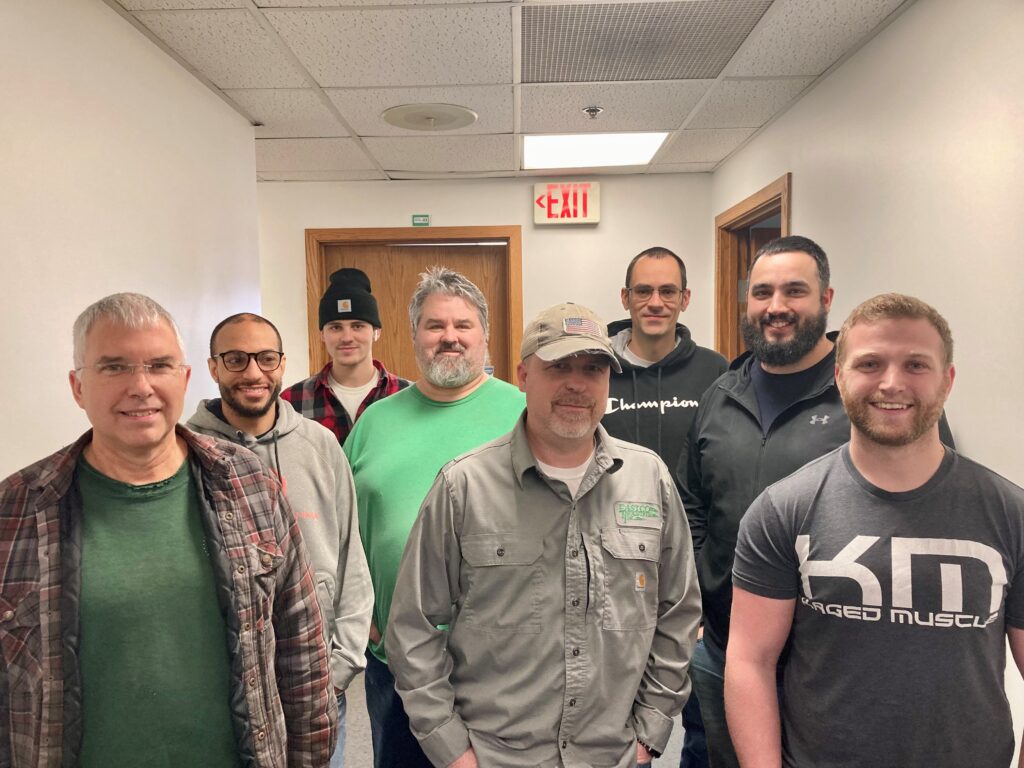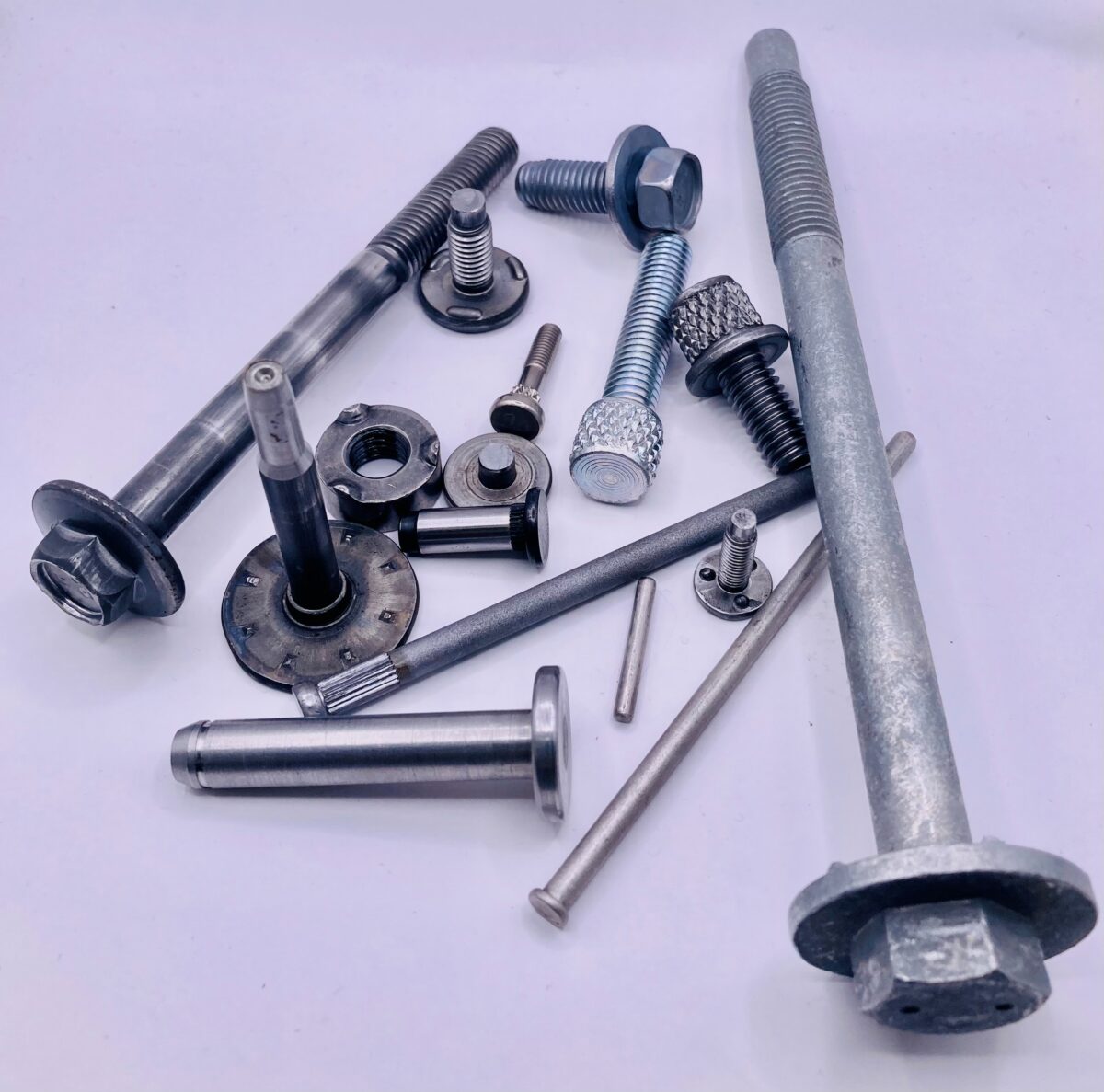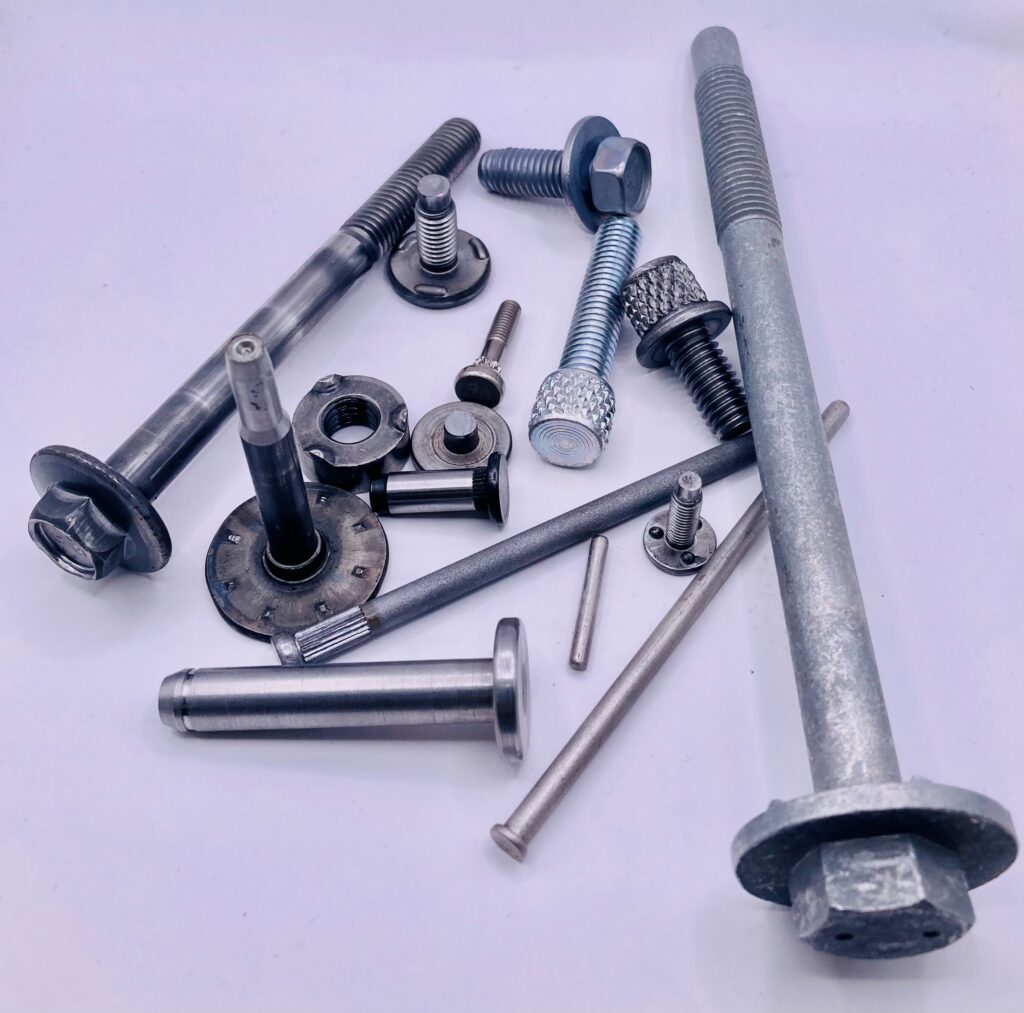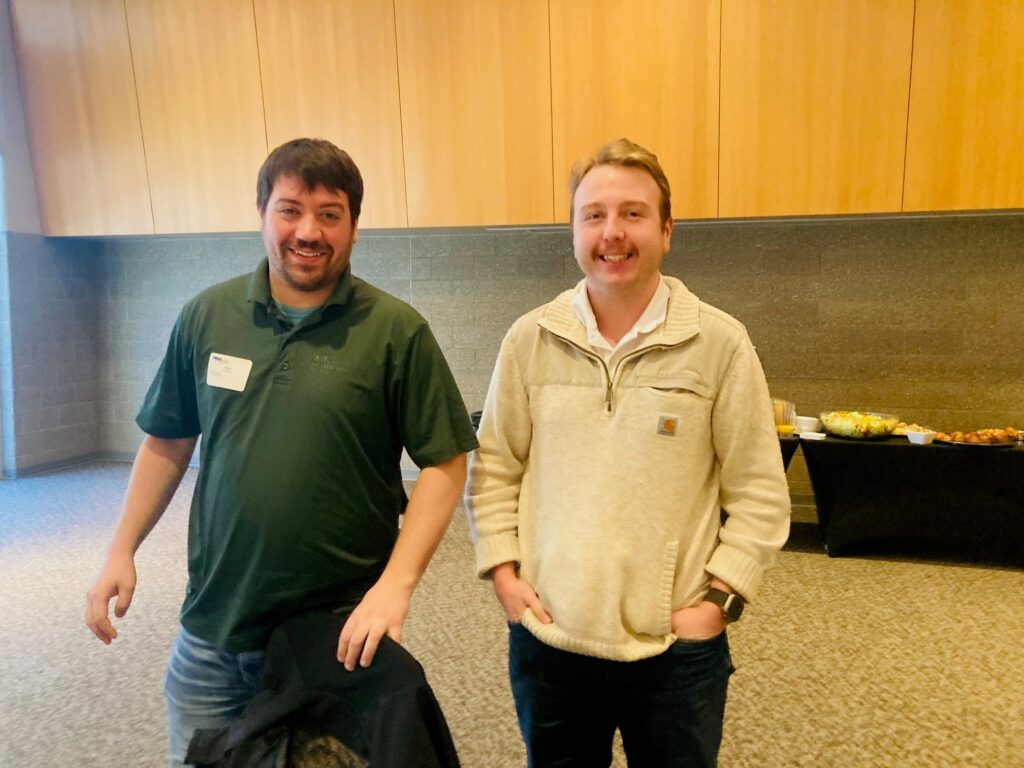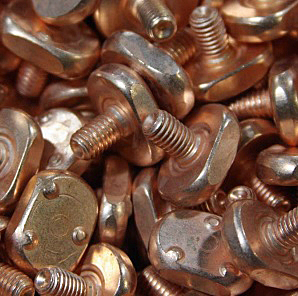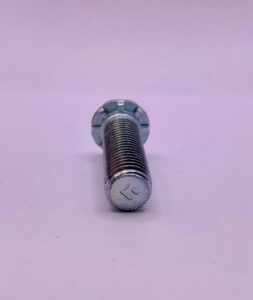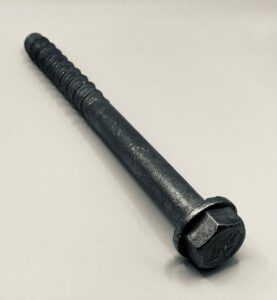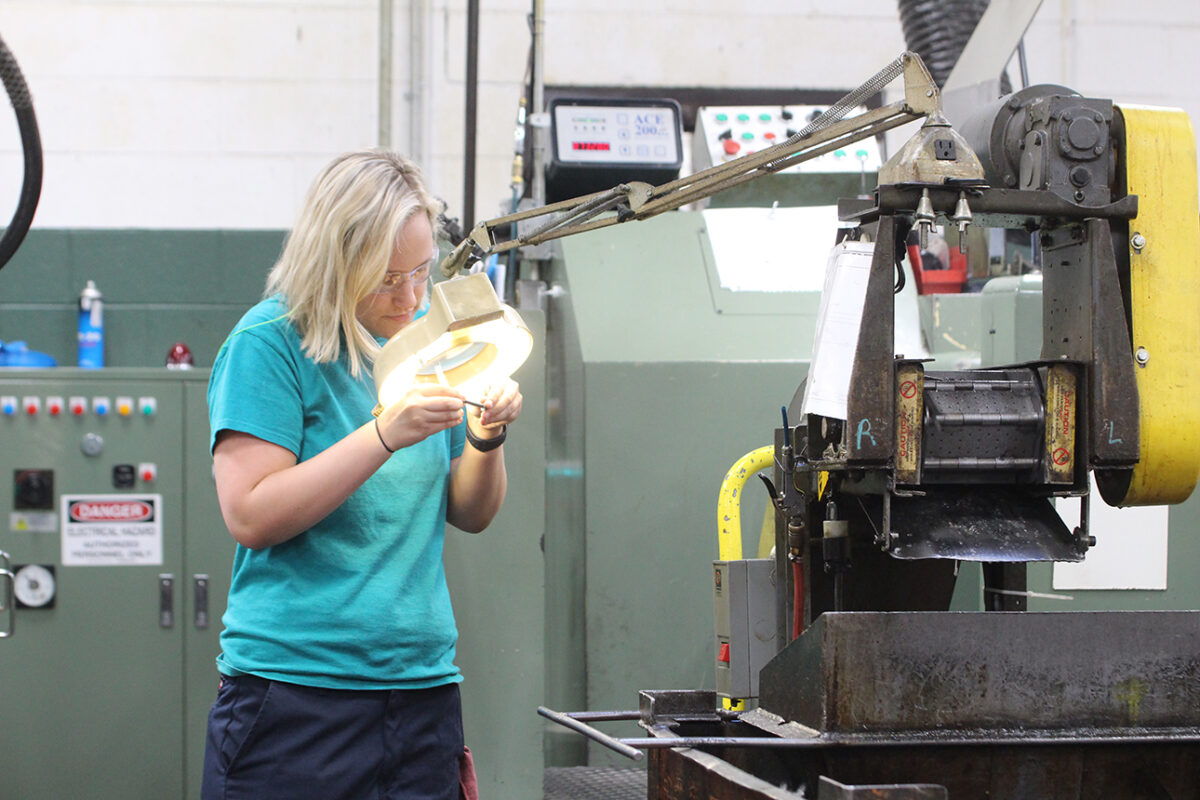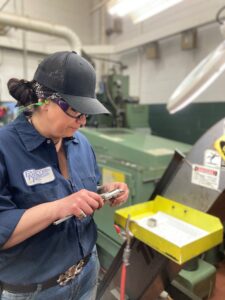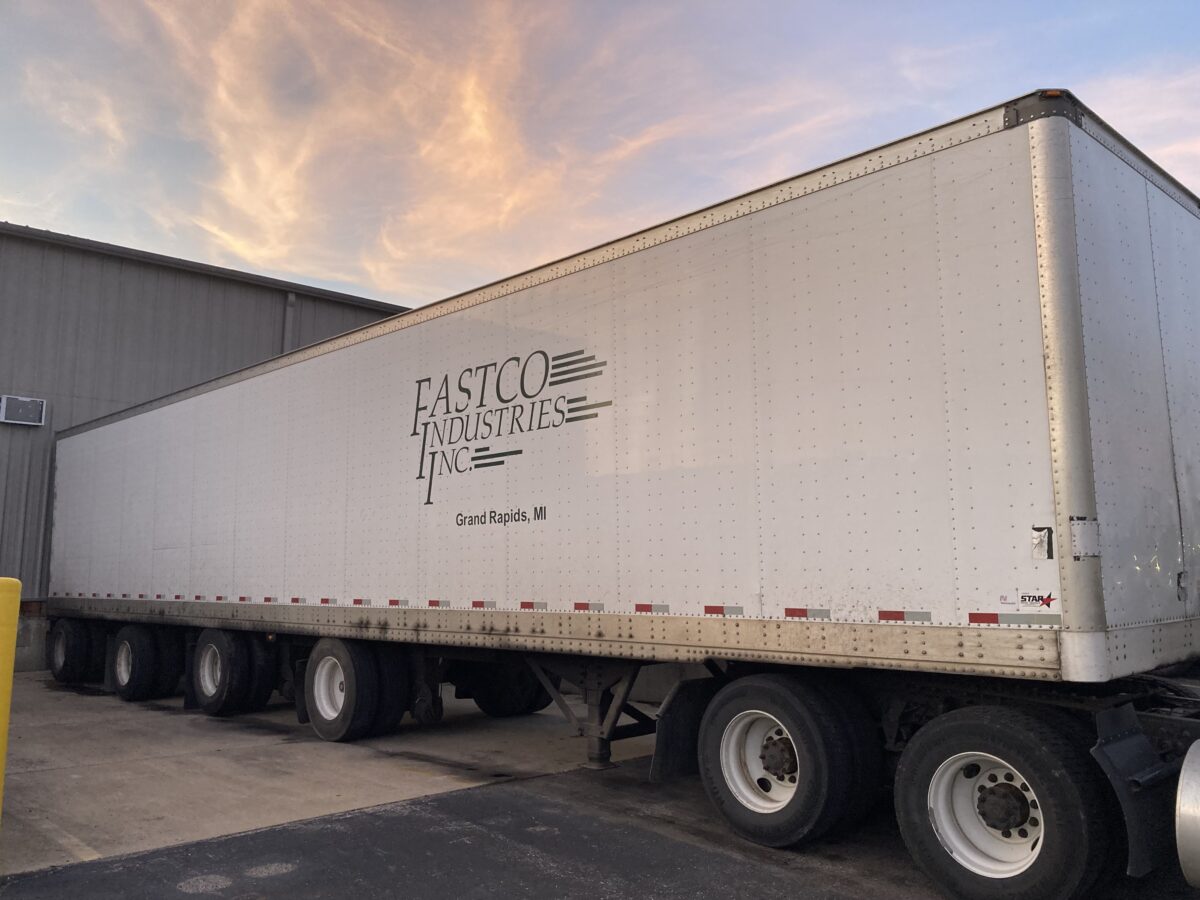Cold Heading Metrics
At Fastco, our Quality Policy is “Striving to Meet Customer Expectations Through Continuous Innovation.” This may sound like vapid wordiness or mumbo jumbo, but the truth is that continuous innovation takes work. Behind that work, we need concrete data to prove out what we are doing right and how we can improve. That is where metrics come in. This week, we are talking about Cold Heading Metrics.
In all departments, metrics are one way that we can measure our progress. The Cold Heading Department’s metrics include the following:
Production Output
This is a measure of our output, or how many pieces we make per month. This impacts our absorbed costs. The more pieces we make, the more favorable the absorption will be.

Downtime
When a machine is down, we aren’t making money. With this metric, we are measuring downtime as a percentage of the total hours for each job. We chose to only record the forms of downtime that we have the most control over which include: Unavailable Setup/Operator, Troubleshooting, and Weld/String Wire. This metric would impact the absorption and profitability because, in theory, the less downtime we have, the more parts we can run.
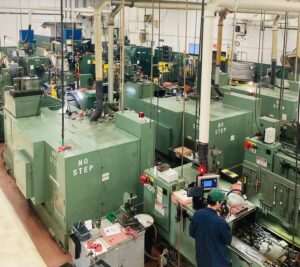
Setup + Run Times vs Standard
We have standards established that tell us how long it should take to set up a machine, and how long it should take to run a job. This metric compares our actual times to the standard times as a percentage with 100% meaning the actual times and standard times are equal, and anything under 100% means we set up and ran the job out quicker than our standards, meaning we saved labor dollars on the setup. This metric would also impact the department’s absorbed costs. If we take longer to run a job out, then we are using more resources making each part more expensive, hurting our absorption number and our overall profitability.
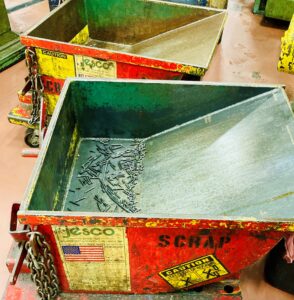
Scrap
This is the dollar value of all the setup scrap we make per month. Keeping track of this will make us more aware of how much money we throw away every month in scrap, this is money taken directly from our bottom line. This metric impacts the scrap number for the company.
by Sean Higley, Cold Heading Team Leader


